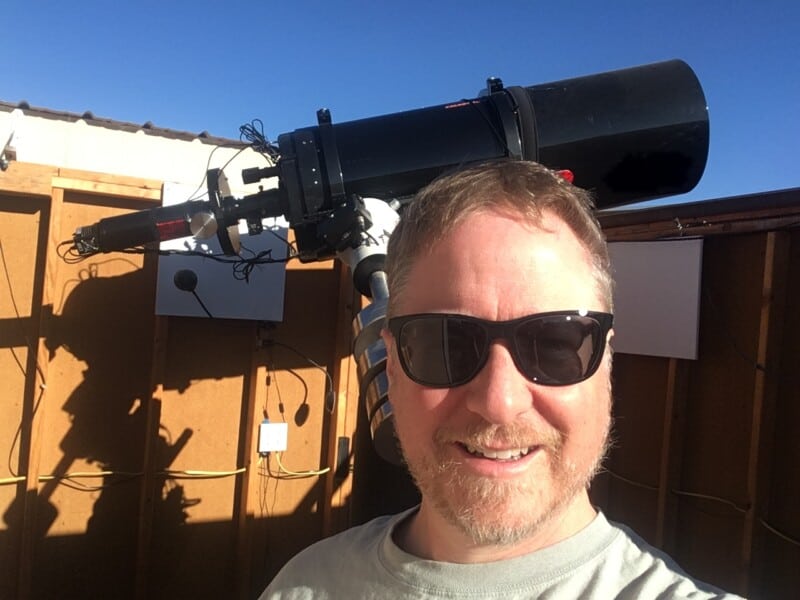PSI Personnel
Non PSI Personnel: Nicholas Schneider (UC Boulder), Carl Schmidt (Boston U.), Mizuki Yoneda (PPARC), Philippe Zarka (Paris Obs.), Max Marconi (Prismabasic), Manilo Marques, Mykhaylo Panchenko (Austrian Acad. Sci.)
Project Description
Introduction:
Io’s volcanic activity helps it to maintain a tenuous atmosphere. In a classic chicken and egg problem, ions in Io’s atmosphere are picked up by Jupiter’s rapidly rotating magnetic field and, upon subsequent rotations, overtake Io with a relative velocity of ~57 km/s. Interaction between these fast ions and Io’s atmosphere is a major source of ionization and so the cycle begins again, adding more material. The resulting structure that is formed in the Jovian magnetosphere is called the the Io plasma torus (IPT). The closest astrophysical nebula to Earth, it has been the subject of intense study since its discovery more than 40 years ago.
Objectives:
We will conduct new analyses of several extensive sets of ground- and space-based observations and perform correlative studies between these and previously published radio, infrared, and UV observations to:
. Determine the dominant mechanism which governs mass loss from the IPT
. Quantify the connection between radial diffusion of mass to energy deposition in the IPT
. Understand the origin of system IV and its relationship (if any) to mass transport and energy deposition
Methodology:
To answer the above questions, we will use the following datasets which provide the indicated diagnostics. * indicates datasets on which new reductions will be conducted with funding from this project. I indicates data and analysis provided by international collaborators. Our team is uniquely qualified to make optimum use of these data to meet our objectives.
Io infrared observations: Io volcanic activity
* Jovian sodium nebula images and Galileo Dust Detector data: amount of neutral material released by Io’s volcanoes
I Ground- and space-based Jovian radio emissions: auroral activity associated with material leaving the IPT and the magnetotail
Io [OI] 6300A spectra: plasma density at Io’s position
* IPT images in [SII] 6731A: total mass of IPT, amount of material flowing down magnetotail, system IV period
* IPT ground-based long-slit and and Hisaki ultraviolet spectra: plasma diagnostics, total mass of IPT, amount of material flowing down magnetotail, system IV period
Impact:
Our project provides a comprehensive picture of the flow of material and energy across large distances in the Jovian magnetosphere, including its ultimate sources and sinks. We seek to answer fundamental questions in Jovian magnetospheric physics which ultimately advance our understanding of mass transport and energy deposition in magnetized plasmas. By archiving our data with NASA’s Planetary Data System, we leave a legacy for future planetary scientists to study the dynamic plasma environments of giant planet magnetospheres.



